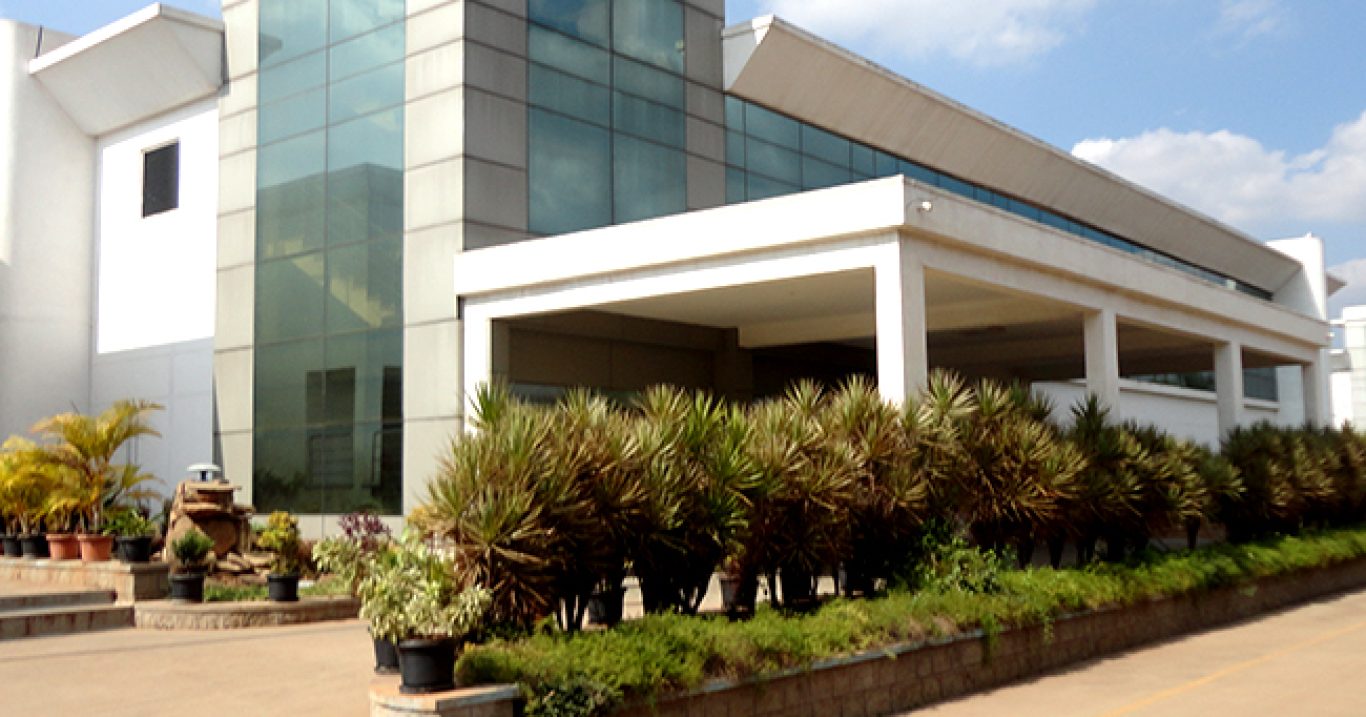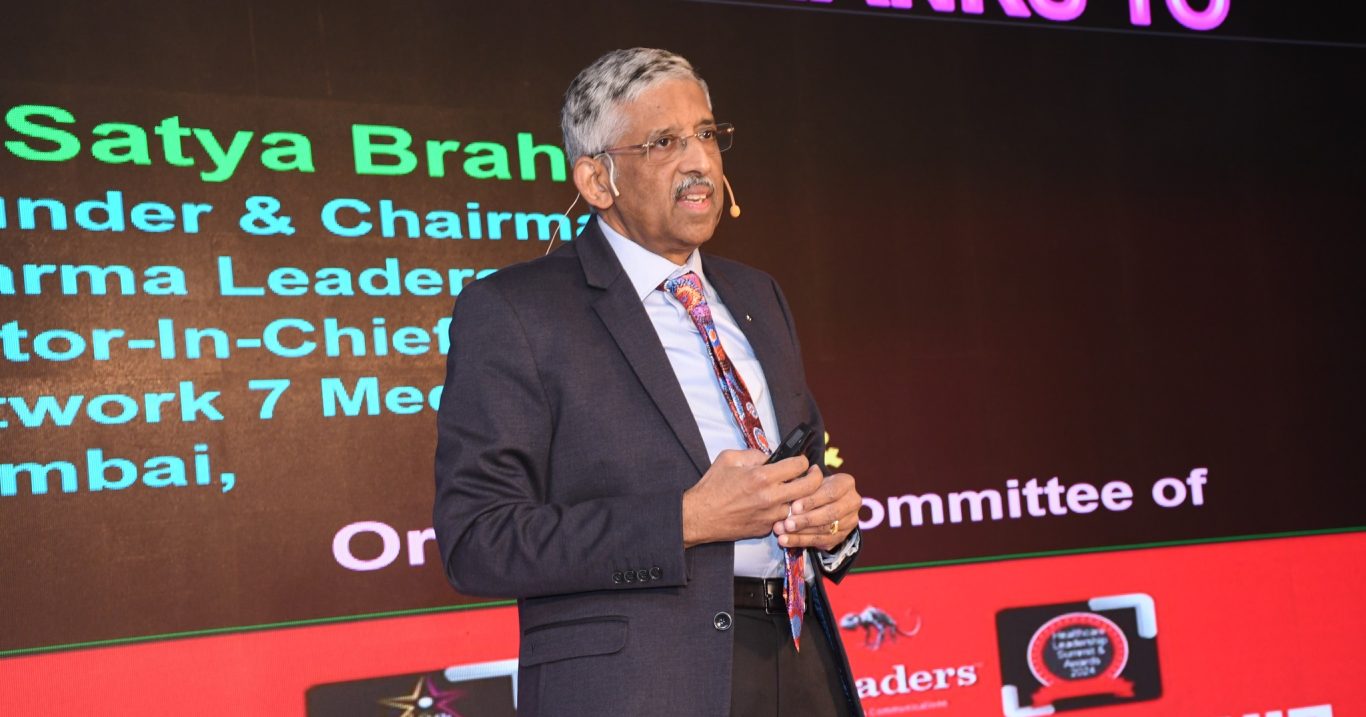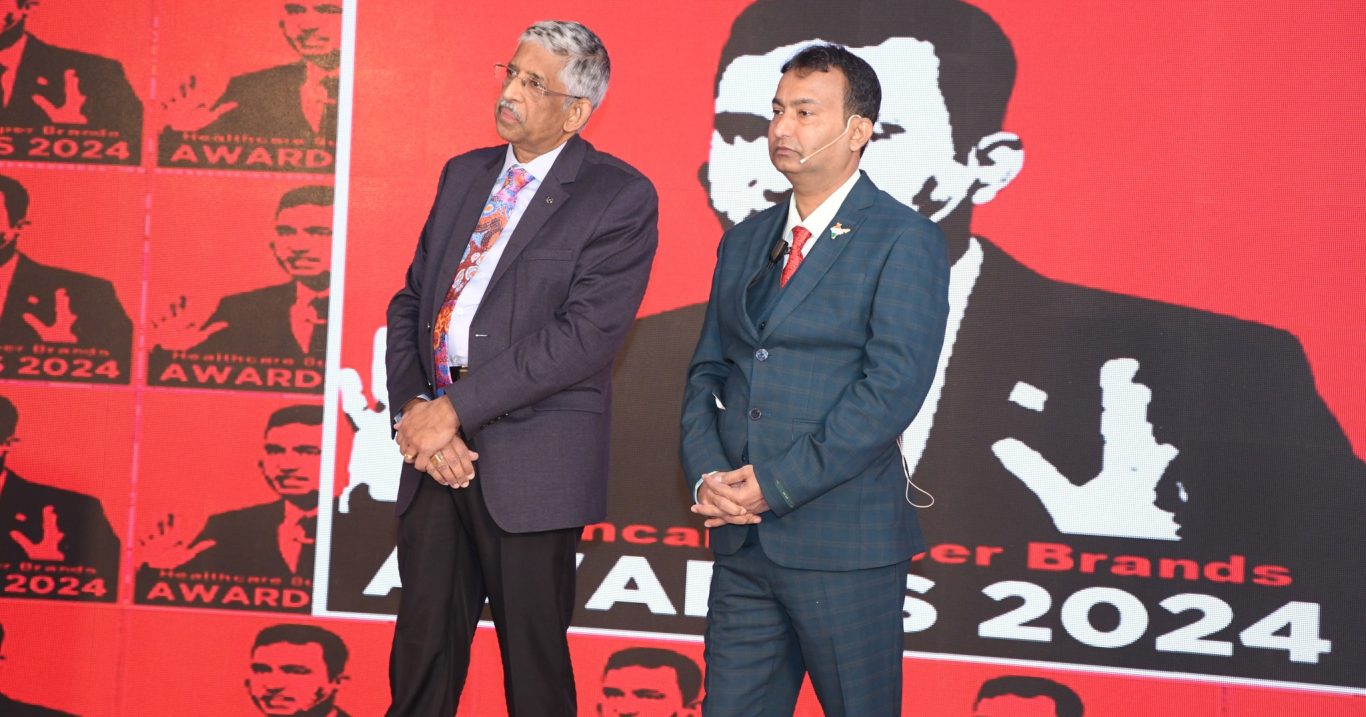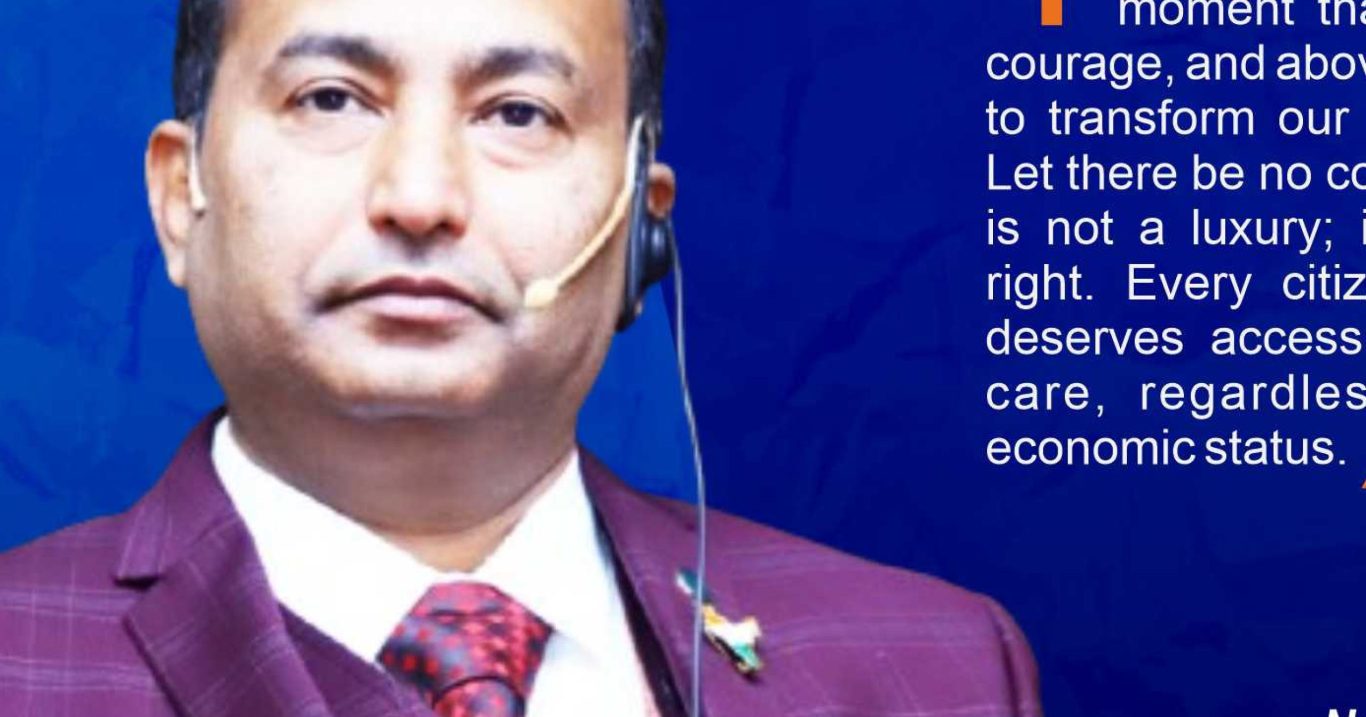Pharma FDI on a record high!
Multinational drugmakers might be crying themselves hoarse that India does not protect innovation – that the country has stifling trade and investment policies and that intellectual property rights are routinely given the go by – but with India attracting $9.345 billion in foreign direct investment (FDI) in pharma between 2000 and 2013, they could not be more wrong, reports The Pharma Letter’s India correspondent.
With more than $4.5 billion of that total coming into the country in the past three years alone, the pharmaceutical sector has managed to hold its own, amidst all the criticism.
New data set out by the Department Of Industrial Policy and Promotion (DIPP) shows that between April to October 2013, foreign direct investment in the pharmaceutical sector jumped by 86.5% to $1.08 billion. FDI in pharmaceuticals was $580 million during April to October 2012.
The pharma sector brought in the second largest FDI at $1.26 billion, during the 10-months of this financial year, right behind the highest FDI in services at $1.80 billion, data showed.
Though the Indian government recently ruled out tweaking its policy decision on FDI in the pharmaceutical sector, despite representations from various quarters on the non-compete clause, DIPP data indicates that FDI flows into India increased in January 2014, growing 1.5% to $2.18 billion, as compared to $2.15 billion during January 2013.
Leading the way
PV Appaji, director general of drug exporters association Pharmexcil, noted: “We have heard it so many times on so many fora – India does not have an innovation model, it is tough to get regulatory approvals, the government has created a business unfriendly climate. Then why is it that though Merck & Co (NYSE: MRK) and Bristol-Myers Squibb (NYSE: BMY) exited India earlier, they were back in 2005, with fresh investments, forging strategic alliances with local firms and teaming up in profitable joint ventures?’’
Patent expert GG Nair was of the opinion that, with elections around the corner, the government would not be looking to destroy investor climate in the country. With the new government expected to be sworn in by May 2014, he added that clarity would be needed on the issue of FDI in pharma, which has come under strong attack from opposing lobbies.
Maintaining that there were several instances where Big Pharma has “tripped over itself” to team up with Indian generic companies, Mr Nair alluded to Merck’s recent alliance with Cipla to co-market one of its antiretroviral treatments in India, (The Pharma Letter February 21).
Stating that the strategy could well prove to be the foundation for other Big Pharma originators, he said: “The deal with Cipla is at a substantially lower price than what Merck would usually charge. Isentress [raltegravir] would need to be sold at around $500 per year to be accessible to Indians, while other countries would typically pay 10 times that annually. Though Merck would take a significant hit on the pricing, there are major benefits in store,” said Mr Nair, adding that the US company would be able to tap the extensive distribution network of the partner, and counter any challenge by generic competitors, in addition to ensuring that it did not become devalued through the issuance of any future compulsory licence.
Citing other examples, he said, GlaxoSmithKline’s (LSE: GSK) investment of $1.054 billion in its Indian unit between February and March 2014 was a case in point, as it increased its overall stake from 50.7% to 75%. The $1.7 billion acquisition of Strides Arcolab’s formulation export business by USA-based Mylan (NYSE: MYL) as well as the $3 billion invested by the firm over the last six years, and French based Sanofi’s (Euronext: SAN) $100 million acquisition of Universal Medicare, were other instances of the heightened interest in India’s drug sector. Mr Nair added that these investments were made because global drug majors continue to be confident of the business environment in India.
Confirming the same, KV Raghavan, former director of the Indian Institute of Chemical Technology, Hyderabad noted that there was a reason why Big Pharma was coming to India, since the decade had seen India attracting international partners, who were keen to innovate in the country, and ready to enter into business deals in pharma, as well as in biotechnology.
Even if FDI was not the only measure to gauge investor interest, he cited the growing affiliations by the UK life sciences companies, which are well represented in India, given the many life sciences clusters in Bangalore, Mohali, Ahmedabad and Hyderabad, building ecosystem needed for drug discovery and innovation.
Mr Raghavan added that the government, academia and industry could ensure the practical applicability of pure sciences to develop high end products, whose benefit could be shared nationally and internationally.
Be that as it may, with overall FDI in India dipping 3% to $22.03 billion in 2013, compared to the $22.78 billion of FDI the country attracted in 2012, the matter has not gone unheeded in government circles.
Seven pronged approach
The DIPP has suggested a seven pronged approach to strengthen India’s research and development framework and intellectual property regime, with the aim to bolster manufacturing in the economy.
In a discussion paper, put out by the DIPP for comments, the organization has said that plans could include creating a policy framework and funding of technology projects to enhance investments in the R&D sector.
The discussion paper has asked that the government should look at funding technologies and R&D that are likely to help India leapfrog to the next generation of products, processes and services.
M&A activity
Even in terms of mergers and acquisition (M&A), the drug sector has been at the forefront. As Raja Lahiri, partner, Grant Thornton in India, a tax and advisory firm, said: “The pharma, health care and biotech sector saw five M&A deals in one month alone, in February. Pharma was the second highest sector, cornering 21% of the deal volume for the month, right behind IT, which was the highest at 48%. The overall deal scenario in the first two months of 2014 was worth $4.2 billion.”
Between April 2012 and April 2013, the brownfield segment (existing) got over 96% of total FDI, leading to DIPP introducing a “non-compete clause.” As Commerce and Industry Minister Anand Sharma noted, the aim of the clause was to give some respite to local players, who would be able to start afresh in the same segment, in the same market, and hire old employees from the entity it has just sold. The seller could also compete with the buyer in launching similar products in the same or relevant markets.
Government target achievable
Minister of State for Commerce and Industry EM Sudarsana Natchiappan noted that most of the fears were unfounded and that certain restrictions on FDI were unavoidable.
The Minister added that the sharp surge in FDI flow into India during the first quarter of this fiscal year at $5.9 billion, double the amount in the same quarter last year, was a reflection of the growing confidence of the global investors in the country’s long term growth story. He added that government’s aim of $30 billion in FDI inflow this fiscal year was an achievable target.











